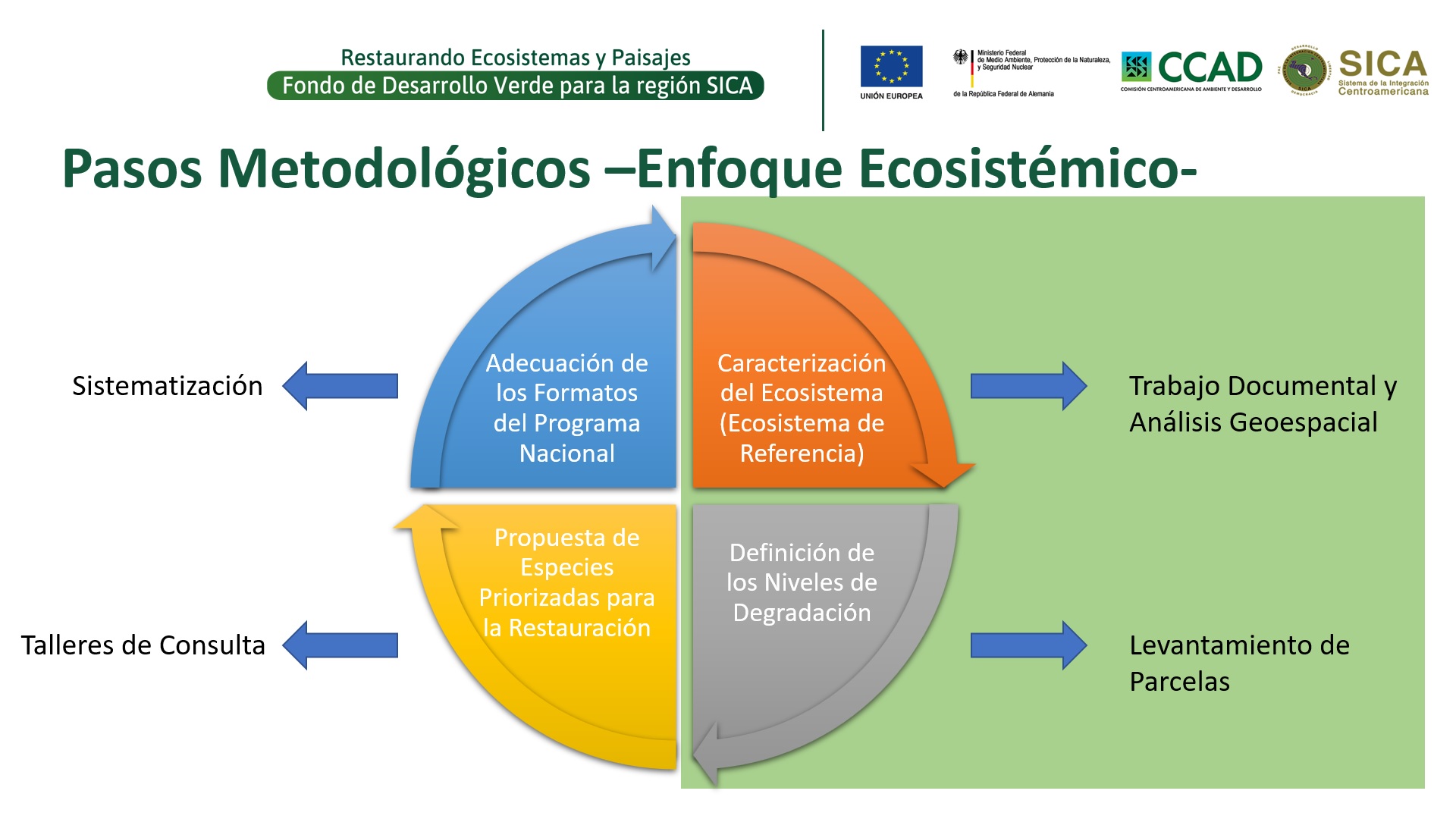Training participants in the SAGE and IMET tools.
The first part of this project was training participants on SAGE. To make the SAGE more applicable to our situation, we chose six of the most important principles that are relevant to the LMMA:
1: Respect for resource rights and human rights of community members
3: Effective participation of all relevant actors in decision making
4: Transparency, information sharing and accountability for actions and inactions
8: Equitable sharing of benefits among relevant actors
9: Achievement of conservation and other objectives
10: Effective coordination and collaboration between actors, sectors and levels
The SAGE methodology is a participatory process, conducted with: Community Fisheries Council, fishermen, livelihoods group, community and religious leaders, district and provincial government.
The IMET was supported by two consultants from the National Administration of Conservation Areas. Various actors were invited: a) National Fisheries Administration, Provincial Service of Economic Activities, Provincial Directorate of Environment, Provincial Directorate of Tourism; b) District Service of Economic Activities, Maritime and Lake Police, Administrator of Quirimbas National Park and Justice Authority; c) Community Fisheries Councils, fishermen, community and religious Leaders).
The two tools, IMET and SAGE, value local knowledge, so the contribution for all actors involved in the process was very positive. It was also a positive process because through this tool, the community understood that management power can be transferred to the community from the government, increasing their sense of ownership and empowerment. Prior to this, the majority of the community thought that the management of the reserves was only for the Conselho Comunitario de Pescass and not for the whole community.
The good communication and the results of the opening of the temporary reserves (octopus) helped the communities to understand that the reserves belong to the community and are for the benefit of the community, hence neighbouring communities have started to request the project to create new conservation areas.
